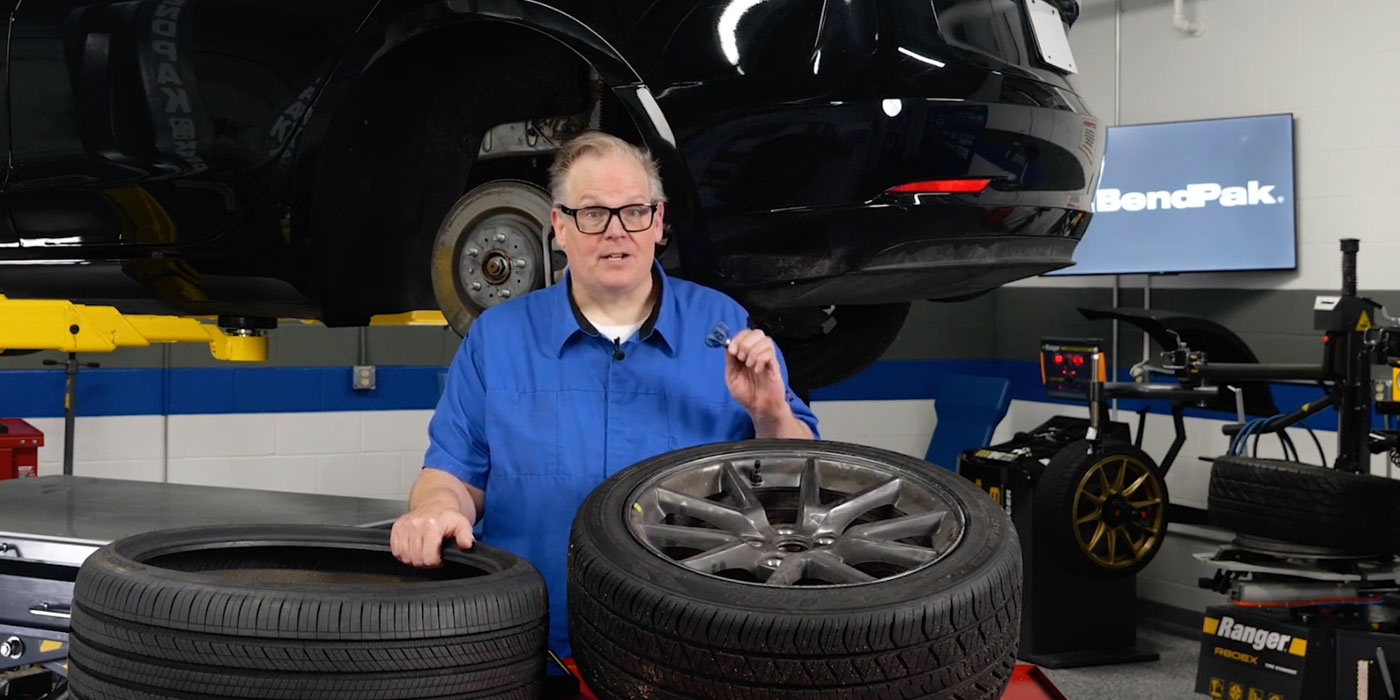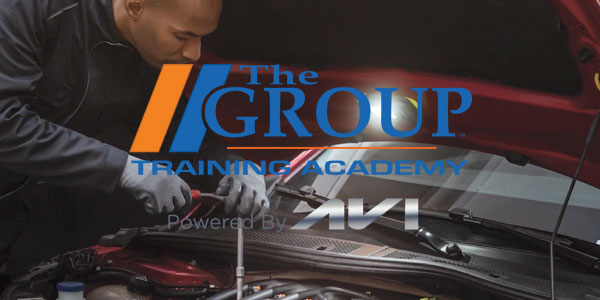For many modern vehicles, the typical operating range for an engine is 190 to 225 degrees Fahrenheit.
Unless your customers have a high-performance vehicle with a digital temperature display, they’re only going to see that the engine is in the “normal” range in the center of the temperature gauge or at the extremes. What this means is that most drivers have no idea what’s really happening with their vehicle’s internal engine temperature.
Why is it so important for drivers to be in tune with the engine temperature? Well, heat is the enemy of their vehicle. While there are systems in place to keep the engine’s operating temperature in the optimal range, those components can be put to the test in extreme conditions. Examples include driving in sweltering summer heat, towing or hauling heavy loads, offroading and other situations in which your customers are pushing their vehicles to their limits.
This video is sponsored by Rislone.













